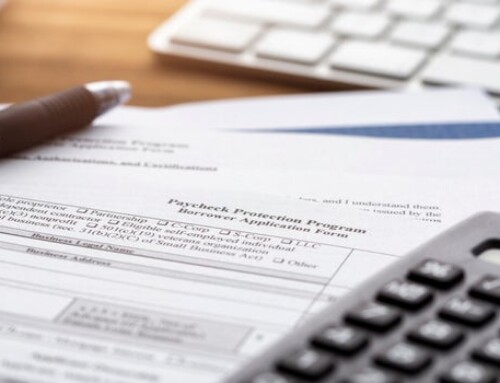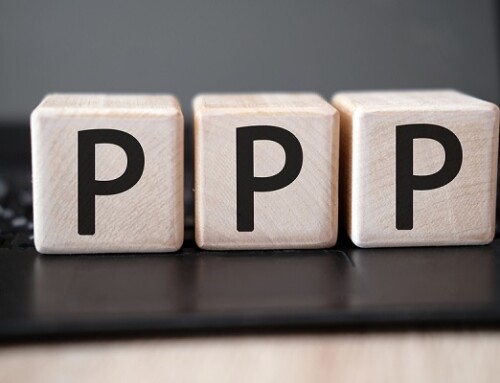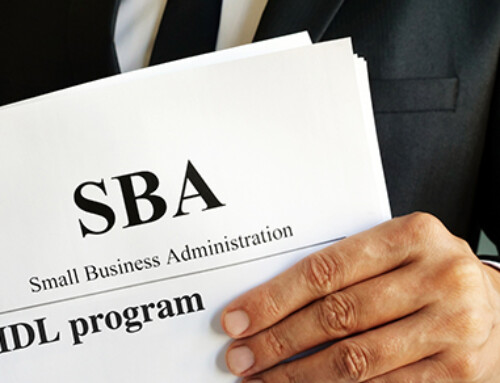Are you planning on starting a new business? This is very exciting, and we want to make sure you maximize your tax benefits with this new venture.
Instead of waiting until you officially open for business, you can start the timer now on your deductible expenses. The tax law allows you a deduction for start-up expenses. Think of this as the money you spend while thinking about and investigating the business.
Here are some common start-up expenses:
- Travel expenses to gain knowledge from others already in the business
- Entertainment expenses to pick the brains of friends and business acquaintances
- Training expenses
- Costs incurred in analyzing the market conditions
- Purchasing books or magazines about the business
- Certain automobile expenses
- Office supplies to use in the business
- Advertising fees for the opening of your business
- Wages paid to consultants or employees
If you eventually operate your business as a corporation or partnership, you can include even more expenses, known as organization costs. These are costs incurred for the creation of the business. Examples are legal and accounting fees, incorporation fees, temporary director expenses, and the cost of organizational meetings.
While you can start accruing your expenses as soon as you begin thinking about going into business, you don’t get the deductions until you officially begin an active business.
I would just like to touch on the actual application of the tax break. The tax law allows you to deduct up to $5,000 of start-up expenditures in the year in which your business becomes active. Your immediate $5,000 write-off is reduced dollar for dollar for any start-up expenses exceeding $50,000.
Don’t worry, you don’t lose any excess. Any start-up expenses you can’t deduct immediately can be amortized on a straight-line basis over 180 months, beginning with the month the business begins.
Example 1. Say you, a calendar year taxpayer, spend $5,000 on start-up expenses relating to a business that is up and running on May 1, 2017. You deduct the $5,000 in 2017.
Example 2. The facts are the same, but instead of spending $5,000 on start-up expenses, your total outlay amounts to $41,000. In 2017, you deduct $5,000 plus the portion of the remaining $36,000 allocable to May–December, or $1,600 ($36,000/180 x 8).
Example 3. Same facts, but this time your total expenses are $54,500. Because your start-up expenses exceed $50,000, your 2017 deduction equals $500 ($5,000 – $4,500) plus that portion of the remaining $54,000 allocable to May–December, or $2,400 ($54,000/180 x 8).
If you have any questions on the application of these rules, please do not hesitate to contact us. We look forward to hearing from you.





